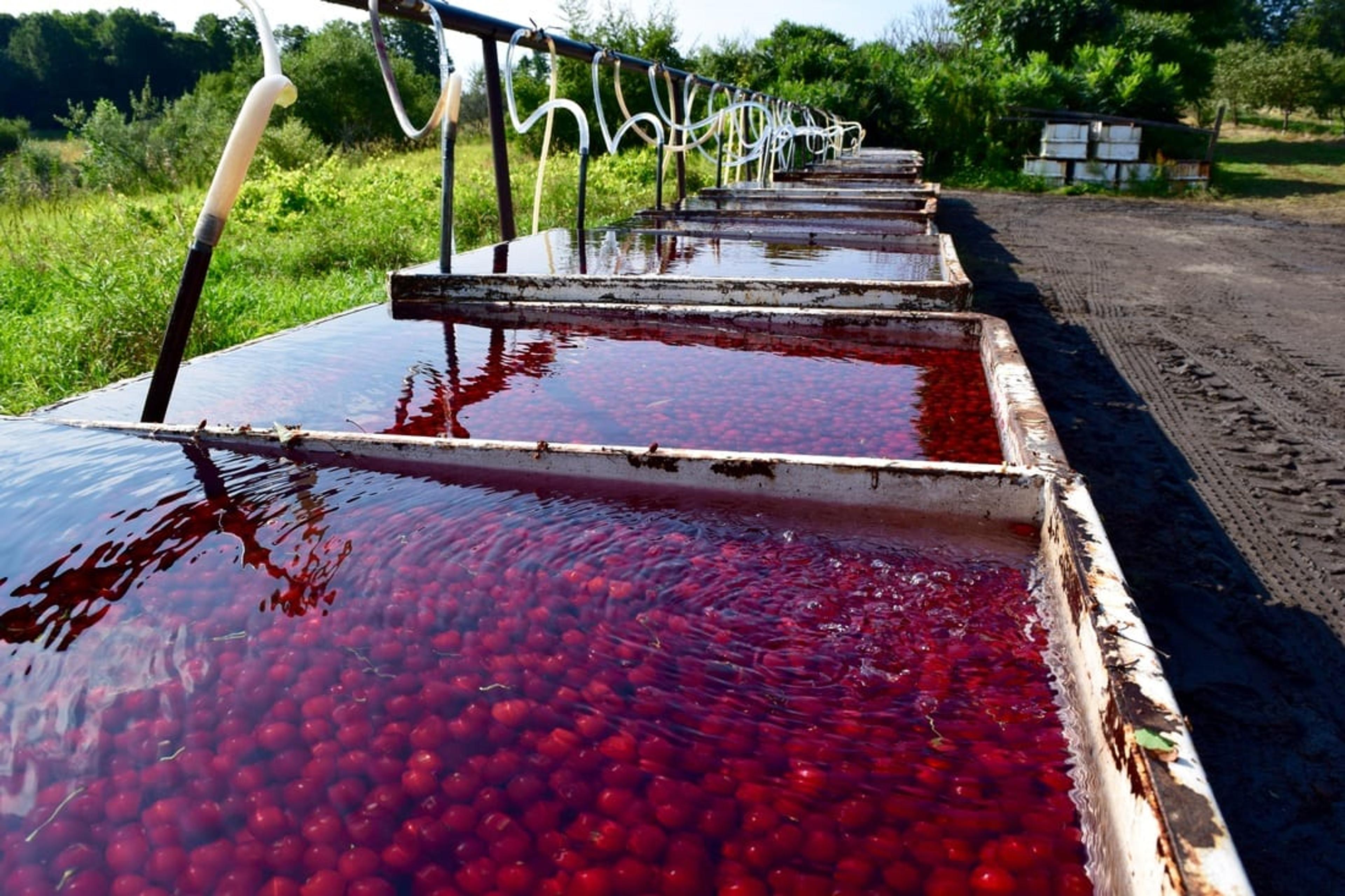MI Celebrates National Cherry Month
| 3 min read

When it comes to cherries, Michigan is kind of a big deal.
Our fair state grows 75 percent of the supply of tart cherries and 20 percent of the supply of sweet cherries in the United States. Traverse City hosts the National Cherry Festival every July and the industry provides jobs for many in the northwest corner of the state’s Lower Peninsula.
“Cherry producers play an essential role in the local and state economy. Without them this region would not be known as the Cherry Capital of the World,” said Alex Zelinski, director of corporate partnerships, National Cherry Festival. “Their contributions have a large positive impact on so many different industries both domestically and internationally. They are invaluable to the local and state economy.”
In celebration of National Cherry Month, which takes place in February, we wanted to find out how cherries from Michigan end up making their way to different parts of the country and into various products you can find on store shelves, even in the dead of winter. (Hello, dried cherries!)
Graceland Fruit, one of the largest providers of infused dried fruits in the world, is based in Frankfort. Their products are sold in the United States and more than 60 countries around the world. Here’s how their dried cherries make it into your recipes, top your oatmeal and serve as a flavorful addition to your trail mix.
- While not technically part of the process, it’s important to note that Graceland Fruit was started more than 40 years ago by a co-op of cherry farmers who envisioned a process of drying fruit for year-round enjoyment. Years of planting, tending, protecting and harvesting has shaped today’s drying process.
- In late summer, cherry harvest is in full swing with Graceland Fruit’s growers. That means a round-the-clock process of shaking, loading, trucking and grading at Graceland facilities and throughout the surrounding area. “The first and most important step of obtaining a delectable dried tart cherry is a strong, healthy cherry harvest,” explained Jordan Nye Fekete, marketing manager, Graceland Fruit.

- Next, cherries come into “the pad” to be graded. Only high-grade cherries make the cut for Graceland’s drying process so samples from area farmers are tested for color, size, absence of blemishes, foreign materials and other quality indicators. “This allows us to ensure that the fruit you’re enjoying is top-notch from farm to table,” Fekete said. Cherries that don’t make the cut are sent on for other uses.
- Winning fruit goes on to be pitted and primed for use in the manufacturing process. Graceland uses patented methods to dry cherries in a way that preserves the wholesomeness of the fresh fruit.

- From there, cherries and other fruits processed by Graceland are packaged quickly and efficiently right from the conveyor belt, locking in freshness. “The fewer steps between nature and your kitchen, the more you’ll notice a difference in taste, color and quality,” Fekete said.
What are your favorite ways to enjoy Michigan cherries – dried or fresh? Share with us in the comments. And, since February is also a month devoted to heart health, check out this Chewy Cherry Baked Oatmeal for Heart Health recipe, courtesy of Graceland Fruit.
Like this post? Read more like it:
Photos courtesy of Graceland Fruit





